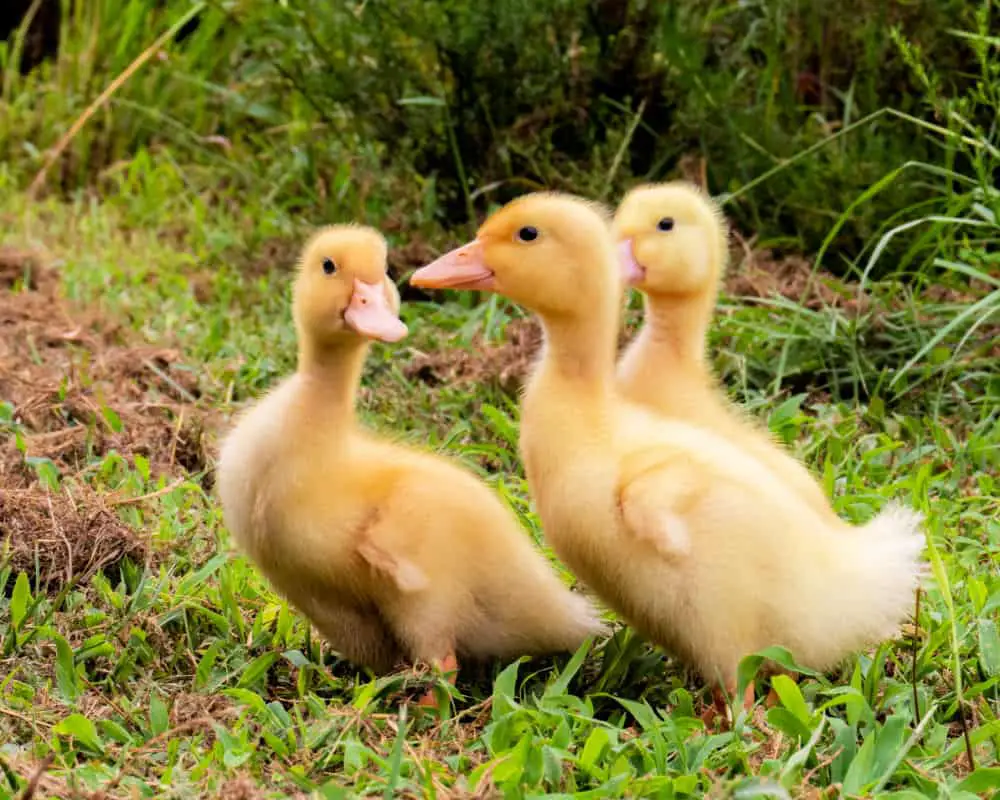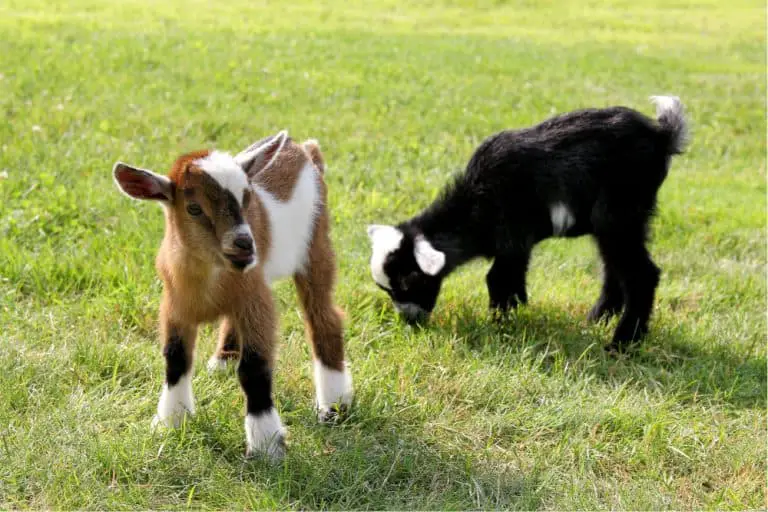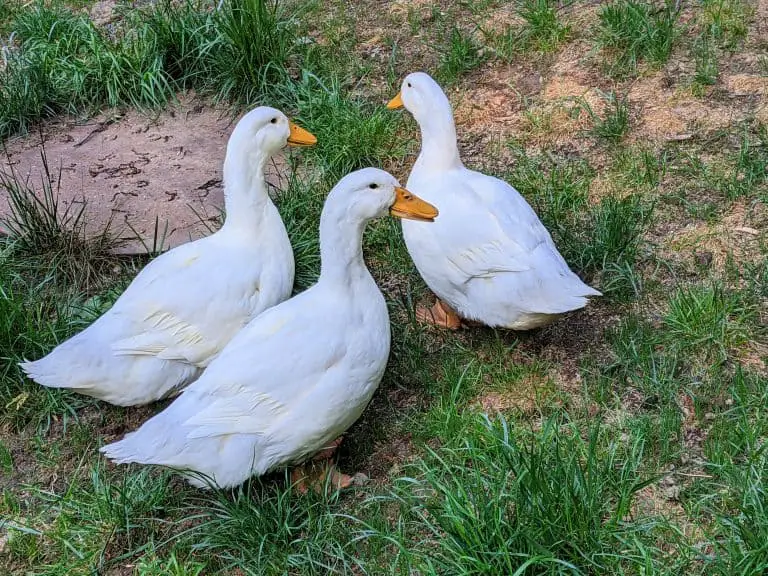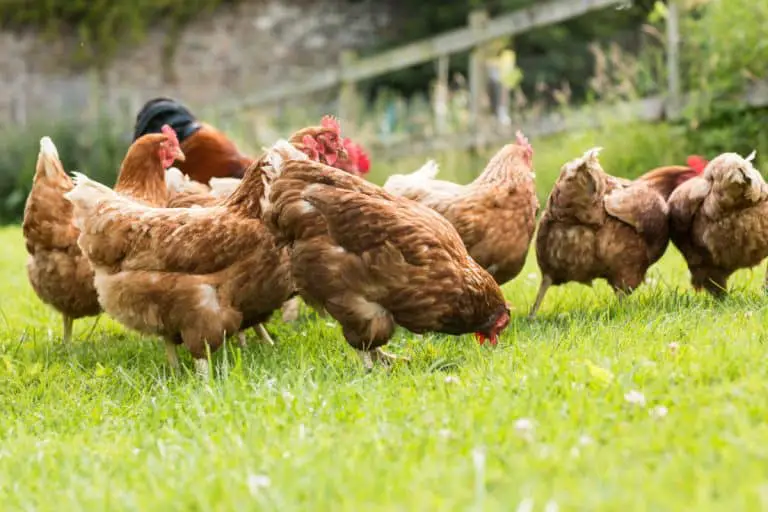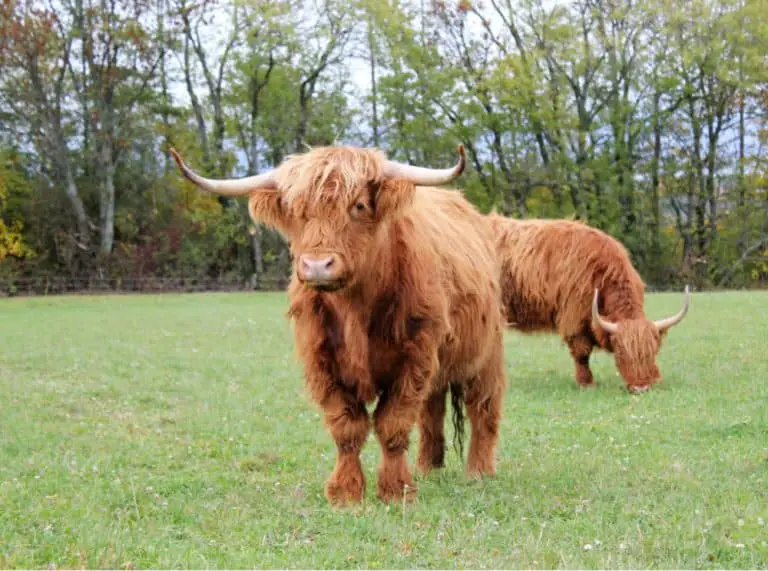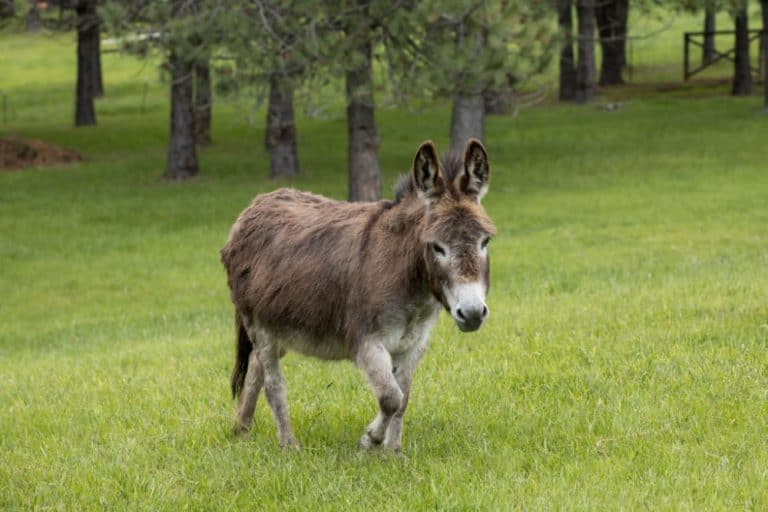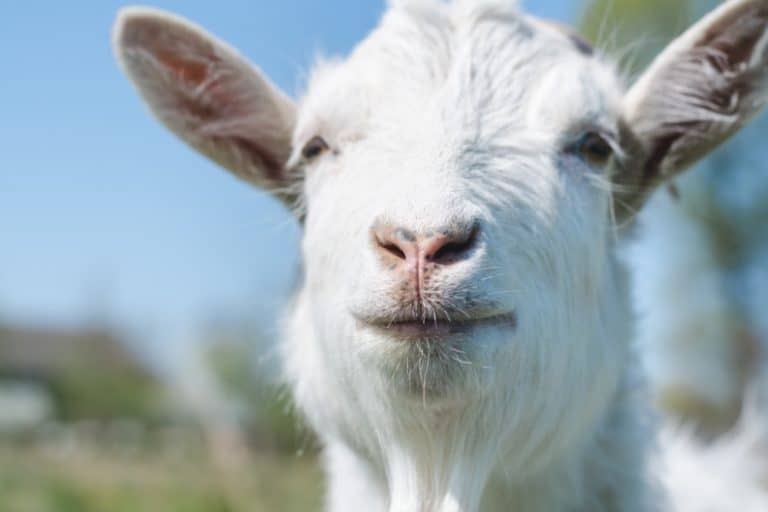When Is The Best Time To Safely Move Ducklings Outside?
There is no denying that ducklings are the cutest little balls of fluff around come springtime, but they are also some of the messiest little critters! No matter how cute they are, you will be more than ready to move them outside when the time comes. However, you want to be careful to ensure that they are prepared and equipped to endure life outside of their safe, warm brooder.
When your ducklings are about two to three weeks old, you can start to introduce them to the great outdoors on warm days, when the temps reach about 65° F, provided that you have an enclosure that can keep them safe from predators.
When Can Ducklings Transition to Living Outside Permanently?
Ducklings can transition to living outside permanently any time after they reach four weeks old or once they have lost their baby fluff (around 6-8 weeks) and are fully feathered along with nighttime temperatures consistently staying above 50° F.
However, determining exactly when your ducklings are ready to move outside depends on various factors such as where you live, the temperatures in your local area, and the age and condition of your ducklings. It’s imperative to evaluate each duckling’s growth and development stage and ensure that their developmental needs are met before transitioning them outside.
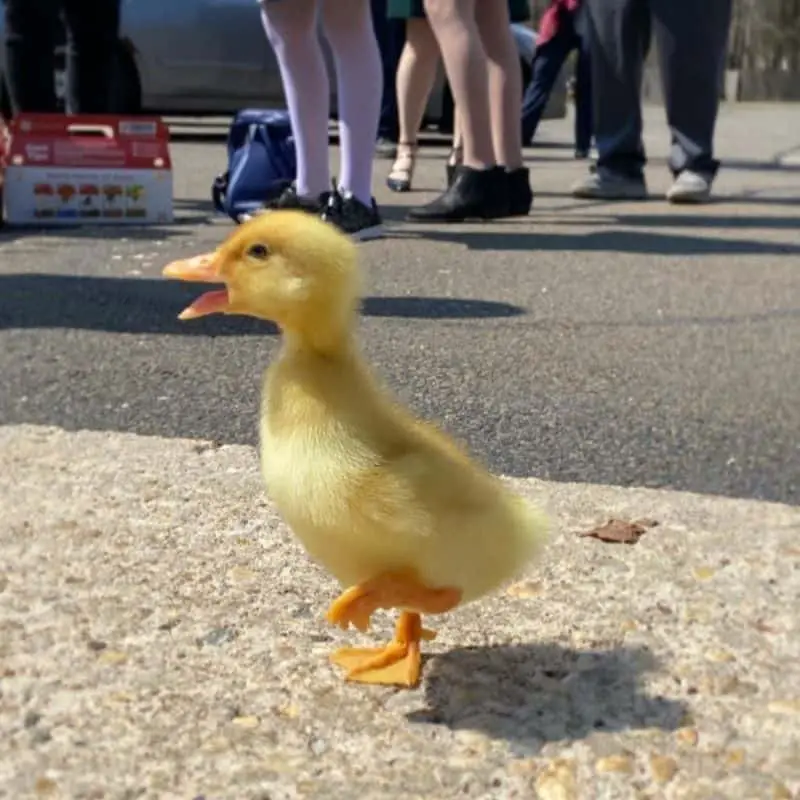
6 Factors to Consider Before Moving Your Ducklings Outside
Here are some things to consider before moving your ducklings to the great outdoors.
1. Duckling Age
Unless you have a mama duck who is raising the ducklings, they should be kept in a brooder where you control the temperatures for the first few weeks of their life.
Those adorable little fluffy ducklings need to be kept in temps of 90° F the first week. Over the next few weeks, you will need to decrease the temperature daily by 1-2 degrees until they are comfortable at ambient room temperature. By the time they are 7-8 weeks old, they should be well on their way to being fully feathered and able to endure colder weather.
2. Fluff or Feathered?
If your ducklings still have more fluff than feathers, they are not ready to move outside. Ducklings are unable to regulate their body temperature until they are fully feathered.
Ducklings without their feathers are more likely to get cold quickly. Hence, the need to be in a confined space, like a brooder, where the temperatures can be maintained and kept at consistent warmer temps.
However, if you’ve ever raised chicks before, you will notice that ducklings don’t need heat for nearly as long as chicks do because they grow so much faster.
3. Your Local Climate
Depending on where you live in the world will probably be one of the most significant factors in deciding when your ducklings can transition to their permanent housing outdoors.
For those of you who live in warmer climates like Florida or some of the other southern states or places like California where temps are consistently in the 70s year-round, you may be able to get your ducklings outside into their permanent housing a lot earlier than those of us in cooler climates.
Those of us in the colder climates, think Maine, Vermont, North Dakota, Montana, among other places, it’s most likely going to be closer to when your ducklings are fully feathered, around 7-8 weeks so that they can endure the lingering chillier temps.
Ducks are much hardier than chickens when it comes to cold weather, thanks to a layer of thick body fat and soft down under their waterproof feathers, once they get all their feathers, that is.
4. Suitable shelter when moving outside
When your ducklings are ready to move outside, make sure that the shelter is large enough for the number of ducks you plan on housing, that it provides protection from predators and inclement weather and that it has adequate ventilation.
Be sure that your duck’s shelter is secured with solid latches to prevent predators from entering and so that your ducklings can’t escape. Animals are often more intelligent than we give them credit for, so making sure gates, doors, and windows are always securely latched will help to keep your ducks safe.
Additionally, the shelter should have windows that allow for natural light and fresh air to come in. The windows need to be covered with wire mesh to prevent any unwanted guests from getting in. It is also a good idea to have windows or vents that open or close to adjust the air amount coming in during the colder months.
Providing good ventilation for your ducklings is critical as a duck’s exhalation contains lots of moisture. (Remember, a duck’s need and love for the water.) That excess moisture has the potential to cause health problems if the shelter is not properly ventilated.
The outside shelter must meet all the ducklings’ needs before they transition to living outside permanently. Their safety and health should be your first consideration to prevent any unfortunate accidents from occurring down the line.
5. Ability to swim and drink water safely
Ducklings who are hatched and raised by a mama duck enjoy the benefit of having mama duck share and spread the oils from oil glands on her body to the ducklings, which help to waterproof their downy fluff and feathers, preventing them from becoming waterlogged and drowning.
However, ducklings that have hatched in an incubator do not have this added benefit from mama duck. They have to learn to groom themselves and spread the oils produced in their preen glands (located near their tails) with their beaks to coat and waterproof their fluff and feathers so that they don’t become waterlogged and drown.
As a result, until ducklings are about four weeks old, they should only be allowed short, carefully supervised swim times. Use shallow water bowls for water that will enable them to submerge their entire head and bill to clear and keep their mucous membranes moist but not so deep that they can fall into the bowl and drown.
As the ducklings get bigger, you can consider adding stones or marbles to a slightly deeper water dish to prevent the ducklings from drowning in their water bowl. It would be best to choose a water bowl that will not be easily tipped over as the ducklings are bound to be splashing around and playing in their water dish.
Consider filling a plastic tub with warm water and allowing the ducklings to splash around in the water for a few minutes, so they get used to being in the water. Once they have finished swimming, be sure to dry them off completely and return them to the brooder, so they don’t get too cold.
Only when you are confident that they can swim and drink water without potentially drowning will they be ready to move to their outside living space.
6. Sufficient space for ducklings
During the ducklings’ first week or two, you can get away with providing a smaller living area than with older birds. The smaller space makes it easier to keep them all warmer as they can all cuddle together.
However, according to Metzer Farms, a popular hatchery in California that sells and raises all kinds of poultry, waterfowl, and game birds, ducklings up to 3 weeks old require approximately 1 square foot per duckling and a minimum of 5 square feet for a small group of ducklings.
So, for example, if you have four ducklings, you will need at least 5 square feet. If you have ten ducklings, you will need at least a minimum of 10 square feet of space. If you have 100 ducklings (that’s A LOT of ducks!!), you will need at least 100 square feet of space or more.
Still, it’s important to remember that these adorable balls of fluff are going to grow into adult ducks very quickly. Full-grown ducks will require a minimum of 4 square feet per bird in their shelter.
When planning the permanent shelter for your ducklings, it is better to prepare for what is needed when they’re fully grown rather than continuously having to upgrade as they grow.
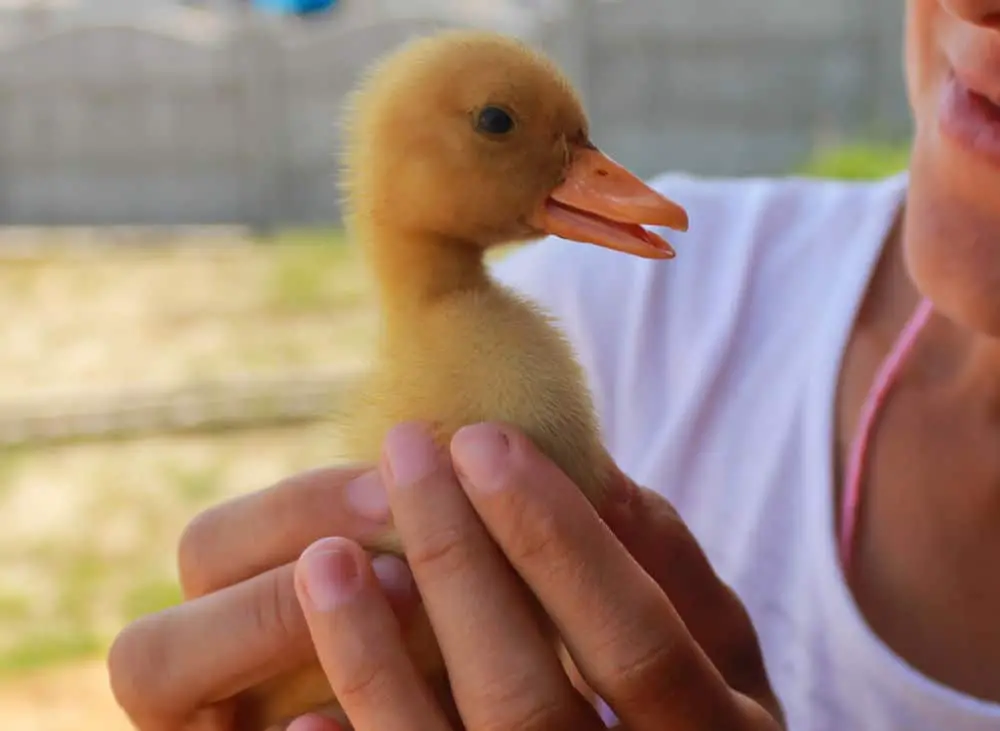
Tips for caring for ducklings
Here are some guidelines on how to take care of your ducklings
DIY brooder
Need a brooder? Consider taking a cardboard box and lining it with plastic. Alternatively, use a large Rubbermaid container or spare bathtub as a brooder.
A Rubbermaid tub makes an ideal brooder because it is super easy to clean and can be placed in a mudroom, garage, or barn where the ducklings can shelter from the elements and be protected from other family pets or small children. Plus, when ducklings are kept in a garage or barn, their messiness might be less of a problem than when they are in your home.
Brooder Temperatures
Brooder temperatures need to be 90° F the first week of your duckling’s life. After the first week, you will need to gradually lower the brooder’s temperature by one or two degrees each day until the temperature inside the brooder and the temperature outside the brooder are roughly the same.
You can maintain your brooder’s temps using a heat lamp suspended above your ducklings and gradually raise the heat lamp each day to adjust the temps. Aim for the brooder temps to be between 85-83° F by the end of the first week. And about 78-76° F by the end of the second week.
If you are raising your ducklings in the house, they should be acclimated to room temperature, 68-73° F, by their third week.
Once the temperature inside and outside the brooder is the same, you can consider transitioning the ducklings to a predator-proof shelter outside, assuming the climate you are in has temperatures of 50° F or higher during the day and night.
Ducklings become fully feathered at about 7-8 weeks old, so if your ducklings are older than four weeks, have all their feathers, or your location has temperatures of 50° F or higher, they could transition to their permanent home outside.
How to tell if ducklings are warm enough
To gauge whether or not your ducklings are warm enough, you can check the thermometer in the brooder and note if the temps are correct for their age and development level. Or you can also monitor the duckling’s behavior. If the ducklings are too cold, they may cluster around the heat source or peep loudly and huddle up in a pile to try to stay warm.
When the ducklings are comfortable and warm enough, they will move around the brooder exploring their small world. However, if they are too warm, they will pant and try to get as far from the heat source as possible.
When to handle ducklings
The urge to pick up and cuddle these adorable little balls of fluff is tough to ignore. However, it is important to remember that these little critters are essentially just babies who have endured very big adventures to get to you.
Often they are just a day or two old before they are shipped to your local feedstores or bundled up into a package at a hatchery and mailed across the country to you. Not to mention the whole breaking out of their shell to be born into this big wide world. They’ve endured a rough couple of days!
So you must give them a few days of quiet time adjusting to their new home to sleep and eat and grow.
Once they have had a few days to rest and adjust to life, it would be great if you handled your ducklings as often as possible. Cuddle them, play with them, sit and talk to them and give them treats so they learn that you are their friend and build a trusting relationship with them.
Spending time with them when they are young isn’t a guarantee that they will follow you around like a puppy dog, but it is definitely a step in the right direction to raising happy, healthy ducks.
It’s also essential to educate your children on the proper way to handle the ducklings. Teach young children to handle the ducklings gently and with care and respect.
Preferably, small children should only be allowed to hold the ducklings with adult supervision. Make sure they know how to handle the ducklings correctly and not squeeze or drop them.
And it is also essential to teach children (and adults) that it is important to wash your hands thoroughly after handling ducklings (or other poultry or waterfowl) or caring for them as poultry is often a carrier of salmonella bacteria. Please, make sure to explain the “no-kissing” rule for ducklings (or adult ducks and other types of poultry) or putting your hands in your mouth or near your face when handling these animals.
Conclusion
Your ducklings are ready to transition to living outside when the outdoor temperatures are at least 50° F or higher during the day and night. They are older than four weeks, their feathers are coming in nicely, and you have a secure, spacious shelter for them to stay in permanently.
With the right environment, your ducklings will grow quite quickly into happy, healthy ducks. Enjoy the cute phase (and the mess!) while they are small and look forward to the day they can transition to the great outdoors.

